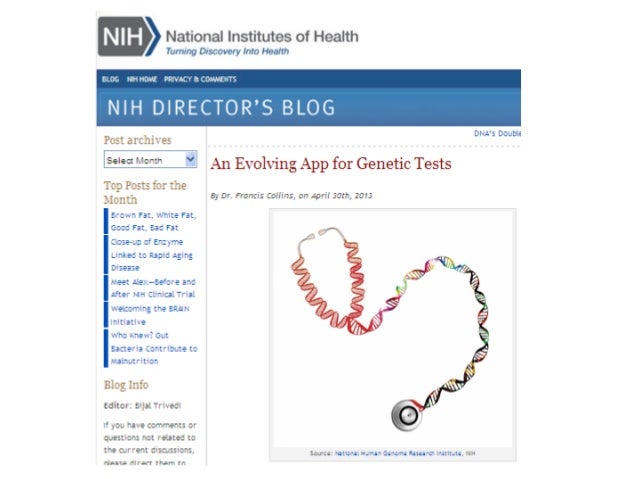3 Questions. 3 Hints. 3 Answers. Every Tuesday.
1. What recent survey clearly demonstrates a major ignorance about food products?
Hint:

Answer: sometimes, when people do not see a personal benefit, they remain ignorant about a fact or facts. This was the case in a ∼ 1,000 person survey conducted by Oklahoma State University’s Department of Agricultural Economics, which found that 80 percent of Americans are in favor of mandatory labeling of DNA-containing foods. This number approximates the number that support mandatory labeling of genetically modified foods. DNA is an inevitable part of our food supply but to those not in the know, it is easier to just say “yes” to labeling than to make further inquiries. It is also easier to listen to labeling crusaders with self-serving agendas than to make one’s own determination about truth and fact. Superfluous warning labels only serve to advance unscientific ideologies and propound societal ignorance. Read more here.
2. What animal may prove valuable in the treatment of Ebola?
Hint:
Answer: in South Dakota, a group of cattle genetically engineered with human DNA and vaccinated against the Ebola virus, is very busy producing human antibodies for medical use. Scientists hope to treat Ebola-stricken patients by giving them large amounts of antibodies from antibody-rich plasma taken from this special Holstein-Jersey herd. The experiment’s success is still in the “wait & see” stage — in fact, the jury is still out on whether human antibodies from human Ebola survivors are effective treatment tools. As well, even if human to human plasma treatments are successful, their success may be due to receiving both the plasma and the Ebola antibodies. This transfer can’t be mimicked from cattle to humans because the human immune system would recognize the blood and its components as foreign and mount a negative response to the transfusion. Read the details here.
3. What brand spanking new technology is somewhat analogous to fly tape?
Hint:
Answer: meet Rapere, the multi-camera equipped anti-drone interceptor that captures its victims by releasing string onto a drone’s rotors resulting in a tangled mess. The big issue is whether Rapere is legal when in action. Read about Rapere here.
















